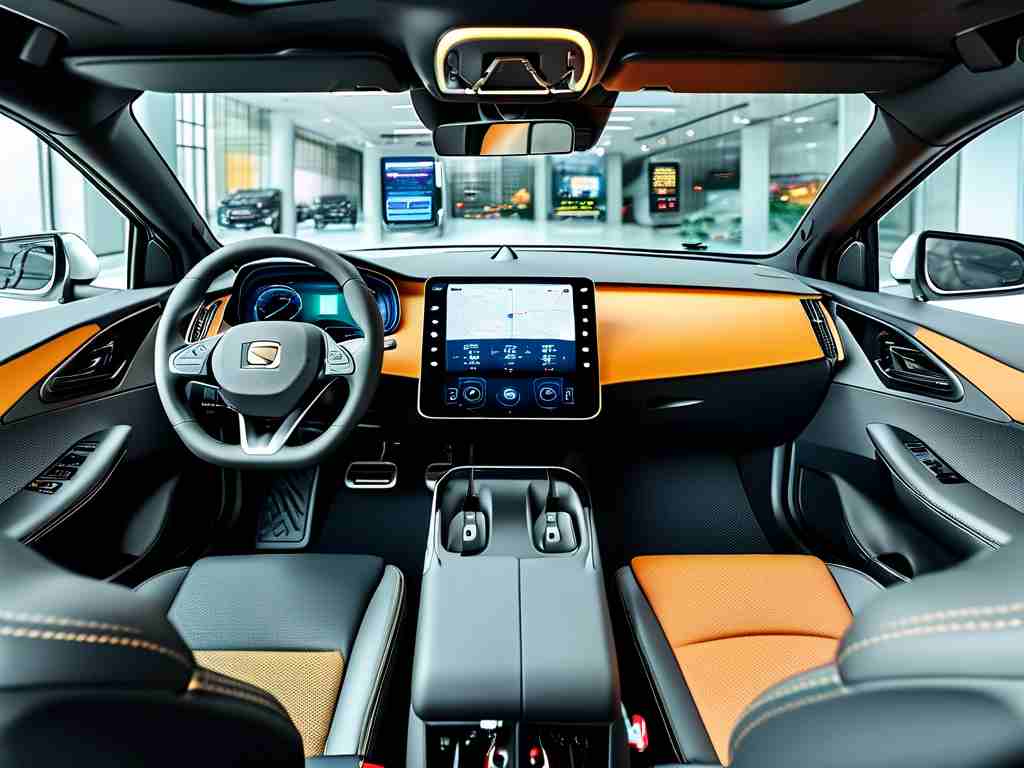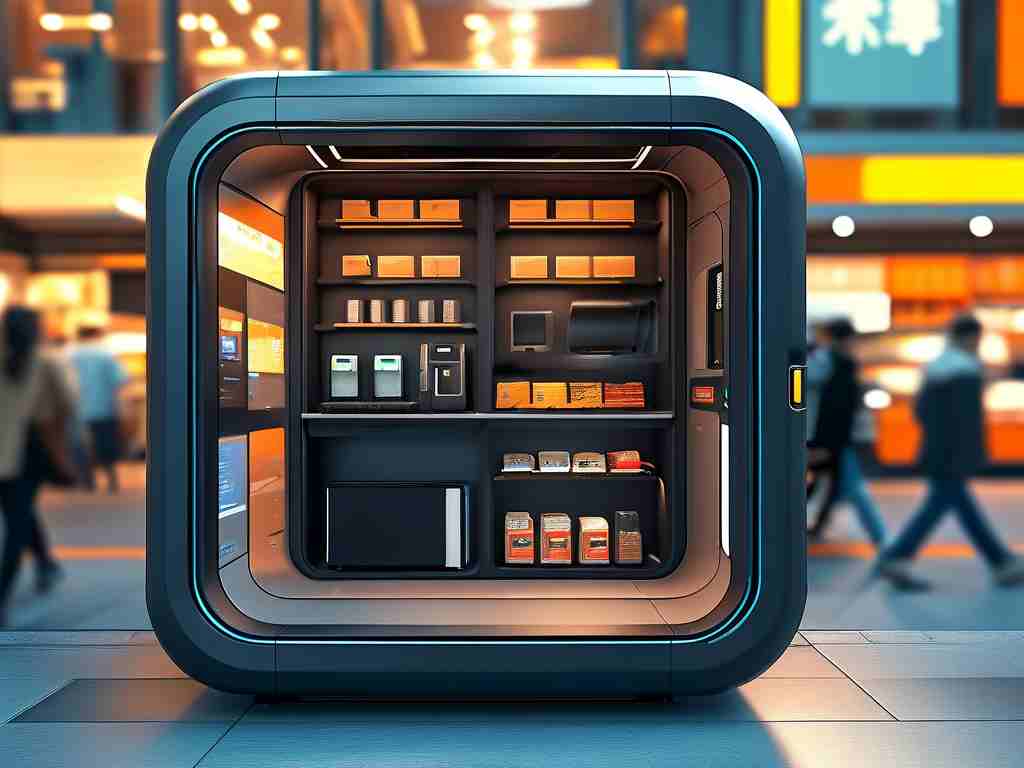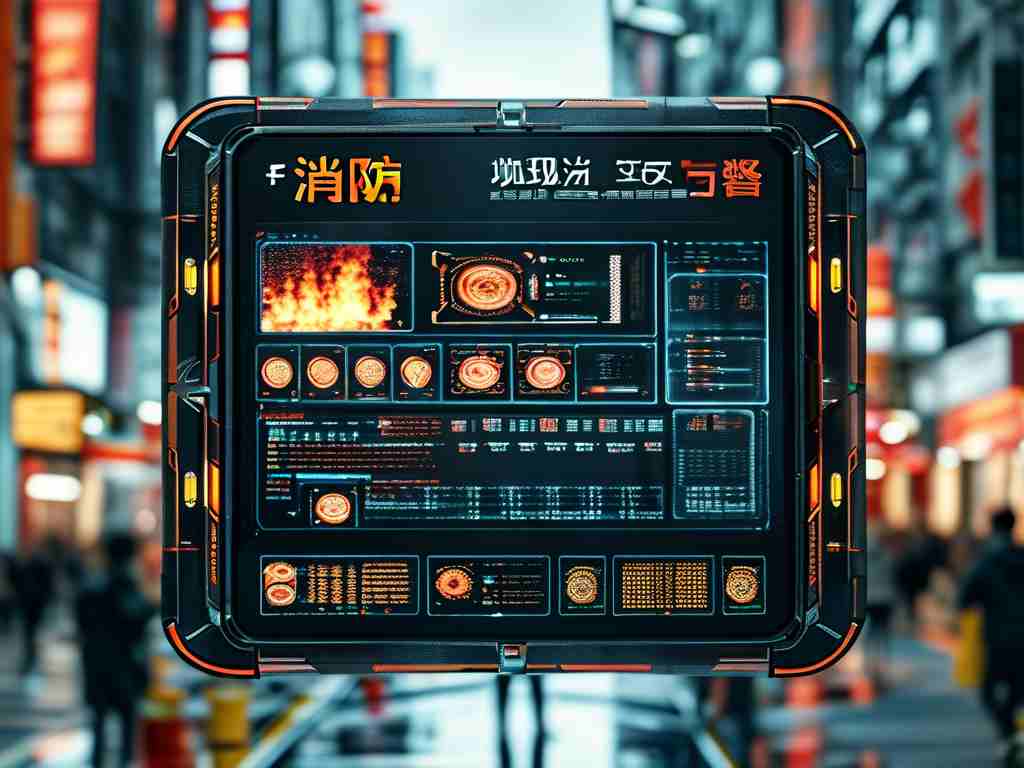The automotive industry has witnessed a revolutionary transformation through embedded systems development, particularly in modern vehicle design. At its core, in-vehicle embedded development refers to the process of creating specialized computing systems integrated into automobiles to control specific functions, from engine management to advanced driver-assistance systems (ADAS). These systems combine hardware and software engineering to deliver real-time performance, reliability, and safety in dynamic driving environments.

The Architecture of Automotive Embedded Systems
A typical in-vehicle embedded system comprises three layers: hardware, middleware, and application software. The hardware layer includes microcontrollers (e.g., ARM Cortex-M series) and sensors that collect data from the vehicle's environment. Middleware acts as a bridge, managing communication between hardware and software through protocols like CAN (Controller Area Network) or LIN (Local Interconnect Network). At the application layer, software algorithms process data to execute tasks such as adaptive cruise control or battery management in electric vehicles.
For instance, consider this simplified code snippet for reading sensor data via CAN bus:
void CAN_ReadData(uint32_t id, uint8_t *buffer) {
if (CAN_MessagePending()) {
CAN_Receive(id, buffer);
process_sensor_data(buffer);
}
}
This demonstrates how embedded firmware interacts with hardware components to enable real-time decision-making.
Key Challenges in Development
Developing embedded systems for vehicles demands addressing unique constraints. Real-time operation is non-negotiable—delays in braking or collision detection could prove catastrophic. Engineers often use real-time operating systems (RTOS) like QNX or AUTOSAR-compliant frameworks to ensure deterministic behavior.
Another critical factor is power efficiency. With the rise of electric vehicles, optimizing energy consumption extends beyond software to hardware design. For example, Tesla's battery management systems rely on low-power microcontrollers that balance performance with minimal energy drain.
Security also poses growing concerns. Connected vehicles require robust defenses against cyber threats. Solutions include hardware-based secure elements (e.g., HSM - Hardware Security Modules) and over-the-air (OTA) update mechanisms to patch vulnerabilities.
Industry Applications and Trends
Modern applications span autonomous driving, infotainment, and vehicle-to-everything (V2X) communication. Take Tesla's Autopilot system: it combines embedded vision processors, radar, and AI algorithms to enable semi-autonomous driving. Similarly, infotainment systems leverage Linux-based platforms with middleware like Android Automotive to deliver seamless user experiences.
Emerging trends include centralized electronic control units (ECUs). Traditional vehicles use 80-100 ECUs, but automakers like BMW are consolidating functions into domain controllers to reduce complexity. This shift requires developers to master heterogeneous computing architectures, combining GPUs, AI accelerators, and traditional MCUs.
The Role of Standards
Adherence to industry standards ensures interoperability and safety. ISO 26262 governs functional safety, mandating rigorous testing for systems affecting vehicle operation. Meanwhile, MISRA C coding guidelines prevent software vulnerabilities in safety-critical applications.
Automakers also collaborate through alliances like AUTOSAR (AUTomotive Open System ARchitecture), which standardizes software architecture across brands. For example, a power window module developed using AUTOSAR specifications can be reused across Volkswagen and Audi models, reducing development costs.
Future Outlook
The integration of AI and machine learning into embedded systems is reshaping the industry. NVIDIA's DRIVE platform exemplifies this, using deep learning for perception tasks in self-driving cars. Additionally, the transition to software-defined vehicles (SDVs) will see cars receive feature upgrades post-purchase, much like smartphones—a paradigm requiring agile embedded development practices.
In , in-vehicle embedded development sits at the intersection of mechanical engineering, computer science, and user experience design. As vehicles evolve into "computers on wheels," developers must balance innovation with stringent safety and performance requirements, ensuring technology enhances both driver convenience and road safety.









